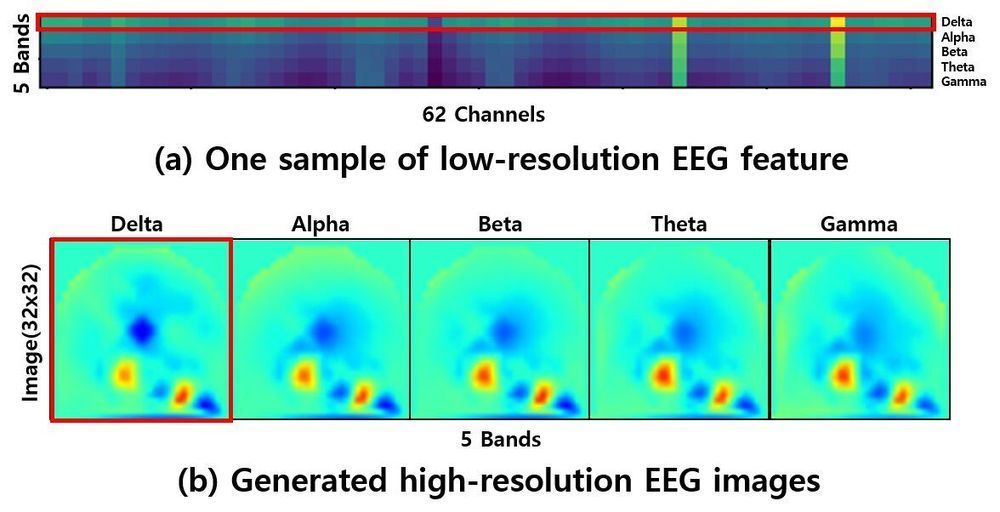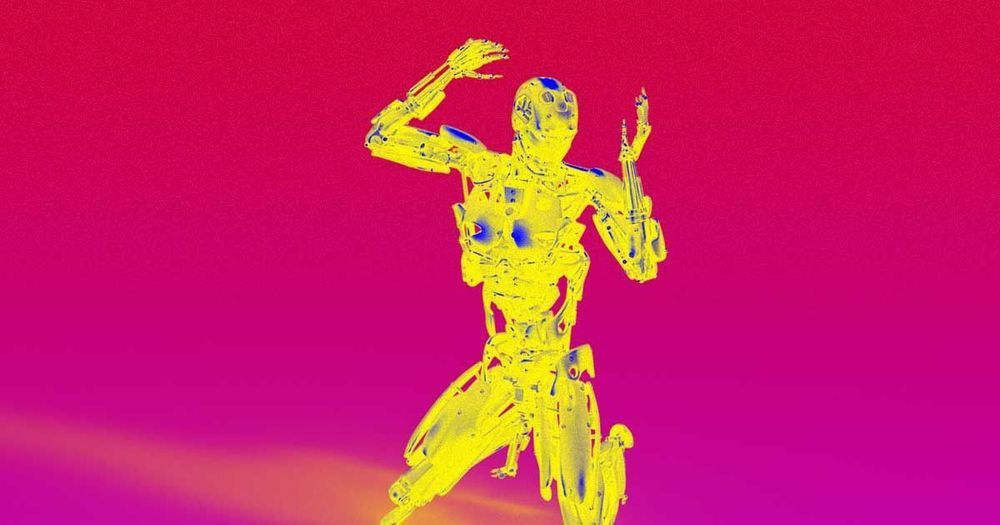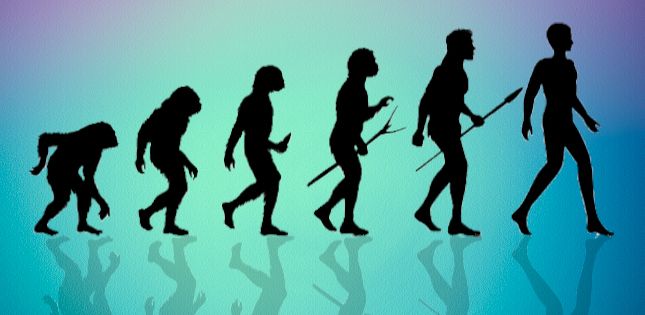
This paper attempts to apply artificial intelligence (AI) to computer network technology and research on the application of AI in computing network technology.
With the continuous expansion of the application scope of computer network technology, various malicious attacks that exist in the Internet range have caused serious harm to computer users and network resources.
By studying the attack principle, analyzing the characteristics of the attack method, extracting feature data, establishing feature sets, and using the agent technology as the supporting technology, the simulation experiment is used to prove the improvement effect of the system in terms of false alarm rate, convergence speed, and false-negative rate, the rate reached 86.7%. The results show that this fast algorithm reduces the training time of the network, reduces the network size, improves the classification performance, and improves the intrusion detection rate.


















